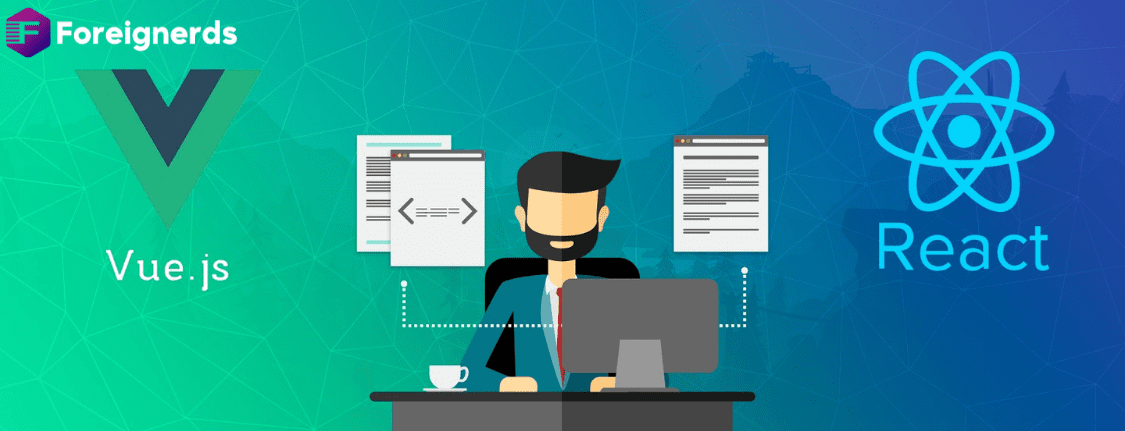Are You Prepared for the End of Xamarin Support?


The looming end of Xamarin support poses a crucial question for app developers and businesses relying on this technology. In this article, we will explore the potential consequences of not taking action, the available upgrade paths, and why the shift to .NET MAUI is akin to the Y2K crisis. What Happens if You Do Nothing? […]
The looming end of Xamarin support poses a crucial question for app developers and businesses relying on this technology. In this article, we will explore the potential consequences of not taking action, the available upgrade paths, and why the shift to .NET MAUI is akin to the Y2K crisis.
What Happens if You Do Nothing?
The Immediate Impact
Your Xamarin apps might still function for a short while after the support cutoff. However, come May 1, Apple will mandate updates to use their latest SDKs, unsupported by older Xamarin versions. Google is likely to follow suit. Without transitioning to .NET MAUI, even minor updates or fixes become impossible.
App Store Delisting
Several months post-deadline, app stores are anticipated to remove apps not updated to their latest SDKs. This means your Xamarin app risks being delisted if not upgraded to .NET MAUI, potentially resulting in a loss of user base and business.
Upgrade Paths
For Xamarin Native Apps
Thorough Analysis by Trailhead Technology Partners
Businesses with Xamarin Native apps can opt for a more straightforward transition to .NET for iOS and .NET for Android. Trailhead Technology Partners offers a structured approach, starting with a comprehensive analysis of your existing Xamarin Native app. Their experienced developers refactor and adapt codebases to the latest .NET versions, prioritizing performance optimization and leveraging new .NET MAUI features.
For Xamarin.Forms Apps
Migration to .NET MAUI
While migrating Xamarin.Forms apps to .NET MAUI requires manual effort, it ensures your app utilizes the latest .NET mobile technologies. Trailhead Technology Partners guides this migration by assessing your Xamarin.Forms app, making necessary adjustments, and leveraging .NET MAUI’s advanced features to ensure a seamless user experience across platforms.
Similarities to Y2K
Drawing parallels to the Y2K crisis, the shift to .NET MAUI is essential for modernization. Ignoring this transition might lead to severe consequences, including app delisting and a loss of business. Yet, with the right strategy and partners, this challenge can transform into an opportunity for growth and app modernization.
Four Options: Which One Is Right for You?
1. Migrate to .NET MAUI or Xamarin Native to .NET
The proactive approach is to migrate Xamarin.Forms apps to .NET MAUI and Xamarin Native to .NET for iOS and Android. Starting early is crucial for a smooth transition before the May ’24 deadline. Trailhead specializes in these migrations, ensuring your apps meet new technological standards and leverage .NET MAUI capabilities.
2. Embrace Web-Based Mobile Technologies
Consider migrating to web-based technologies like React Native or Ionic. Trailhead, proficient in both native and web-based development, can guide you through this transition based on your app’s complexity, team capabilities, and user experience requirements.
3. Graceful App Shutdown
If your app has reached its lifecycle end, a graceful shutdown before the deadline is prudent. Trailhead can assist in devising an exit strategy to minimize disruption and communicate the transition effectively to your user base.
4. Do Nothing
Not recommended. Inaction risks app delisting and loss of customer trust. Trailhead strongly advises against this approach and encourages reaching out for expert guidance to navigate available options.
Trailhead: Your Migration Partner
At Trailhead Technology Partners, we specialize in cross-platform mobile development. We understand the importance of planning for the Xamarin to .NET MAUI transition. Our experts collaborate closely with your business to determine the best path forward, ensuring your apps remain relevant, reliable, and competitive beyond May 2024. Let this transition be a steppingstone towards innovation and growth.
Conclusion
In conclusion, the end of Xamarin support demands decisive action. Ignoring it may lead to dire consequences, but with careful planning and the right partners, this can be an opportunity for growth and modernization.
You May Also Like

“Exploring the Top Custom Software Development Companies for Tailored Solutions”
Custom software development has evolved into a pivotal strategy for businesses adapting to the changing landscape of work…
Read More
Angular vs AngularJS: Key Differences You Need to Know in 2024
As the web development area is permanently evolving and developing, knowing the main distinctions between Angular vs AngularJS…
Read More
Blazor vs Angular: Which is the Better Choice for Web Development in 2024
Remember that overflowing toolbox you have at home? Web development is kind of like that now – tons…
Read More




![Angular Vs Vue Vs React: What is Best for PWA Development? [2023]](https://foreignerds.com/wp-content/uploads/2023/11/Will-AI-replace-front-end-developers-2023-11-17T151346.967-4.png)





